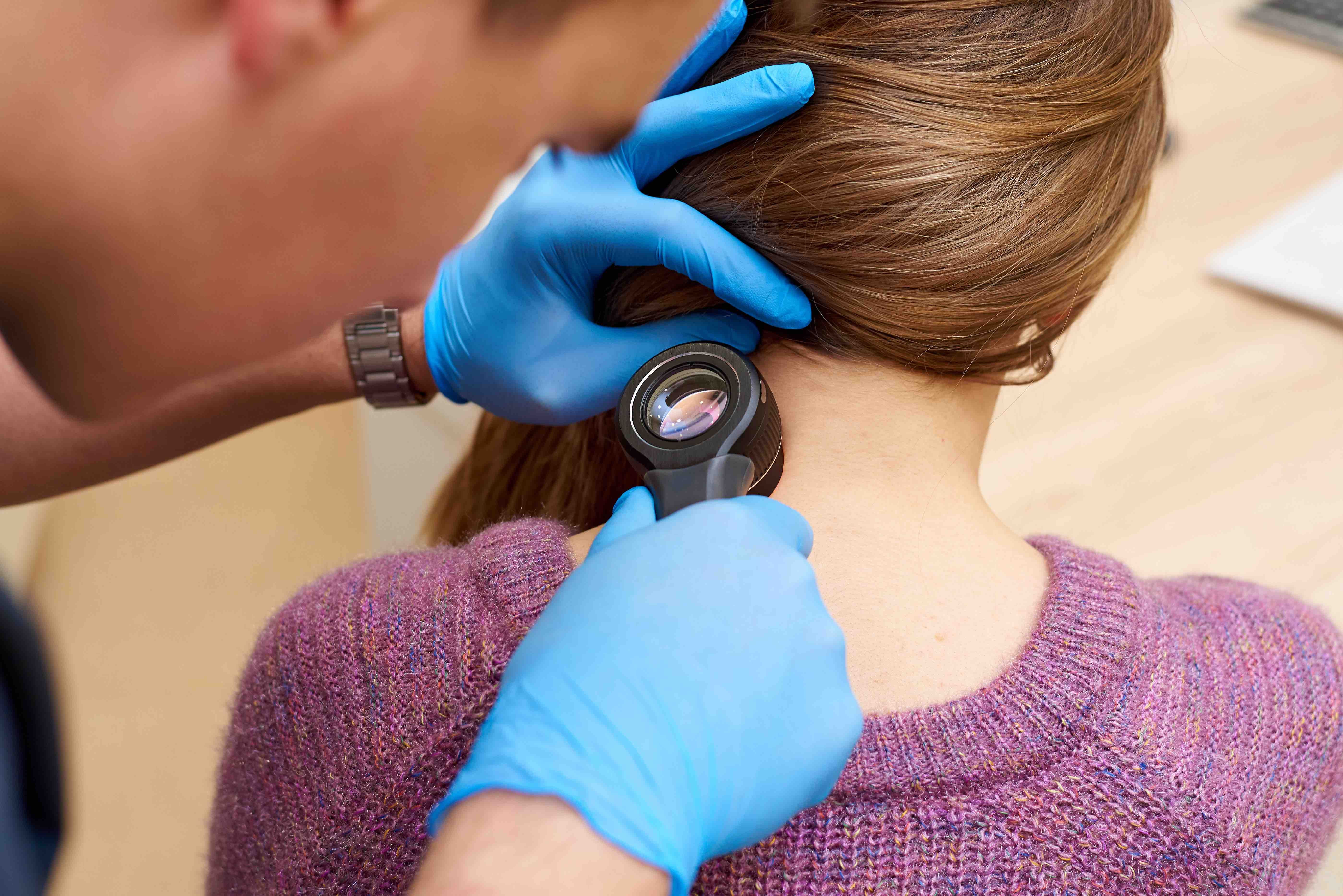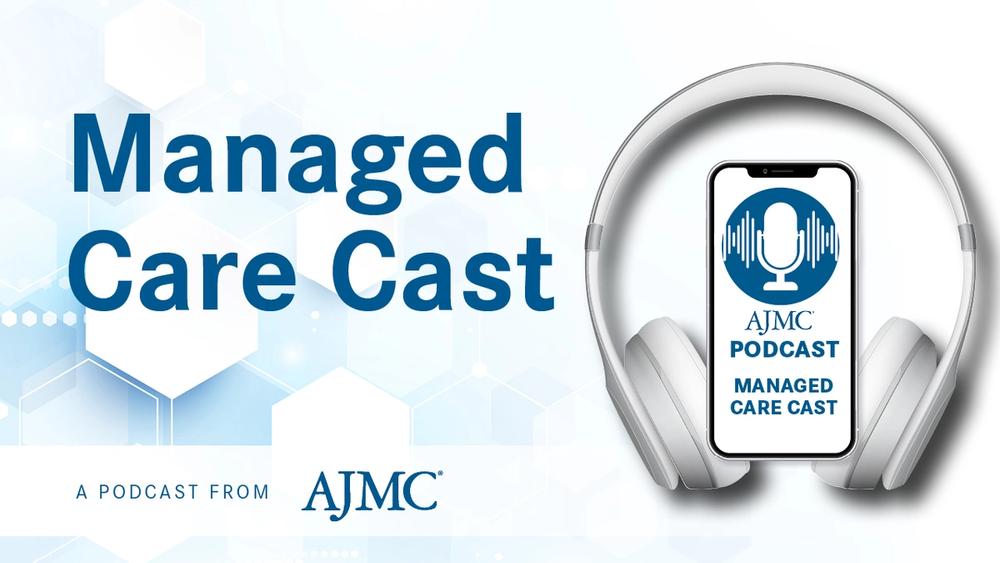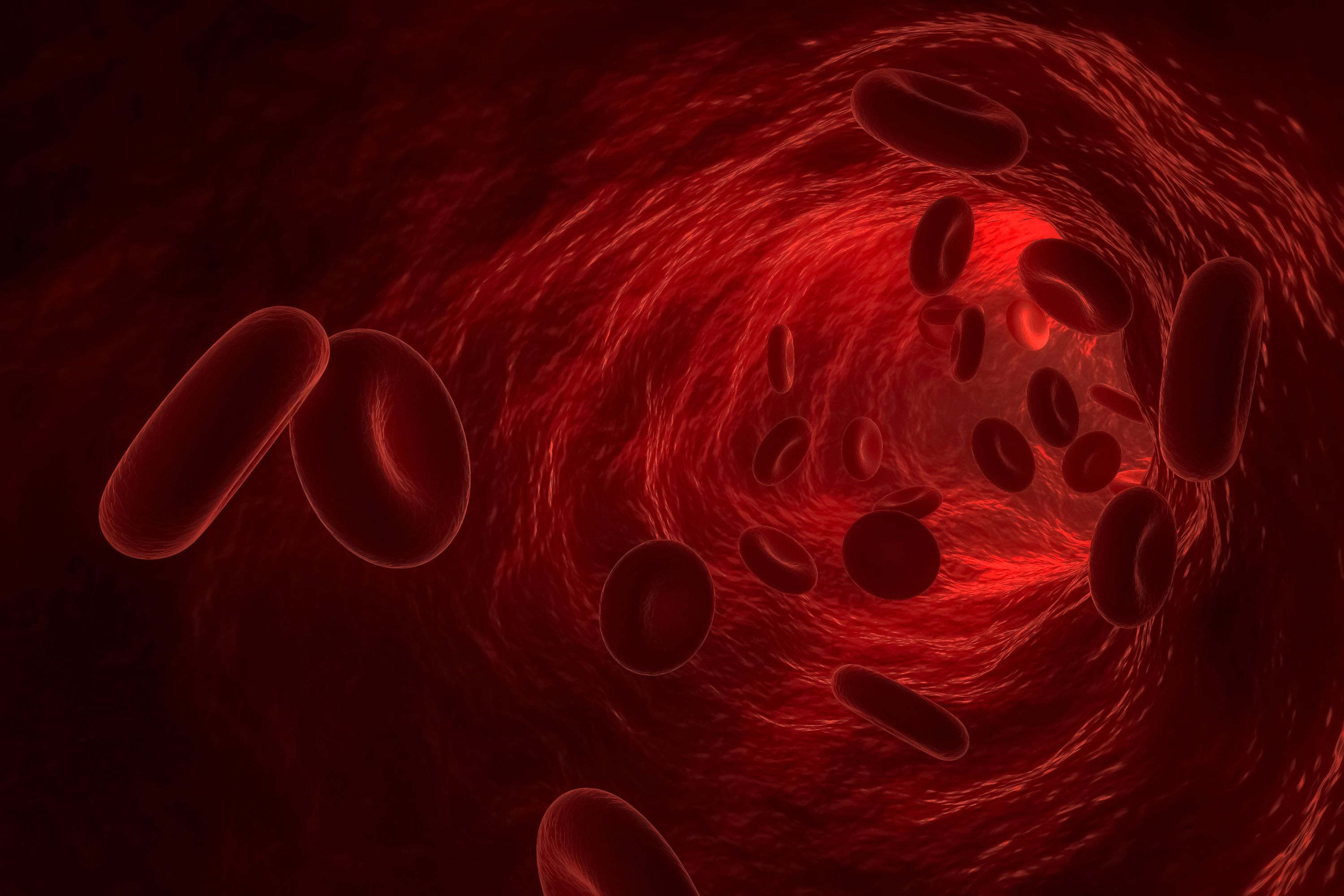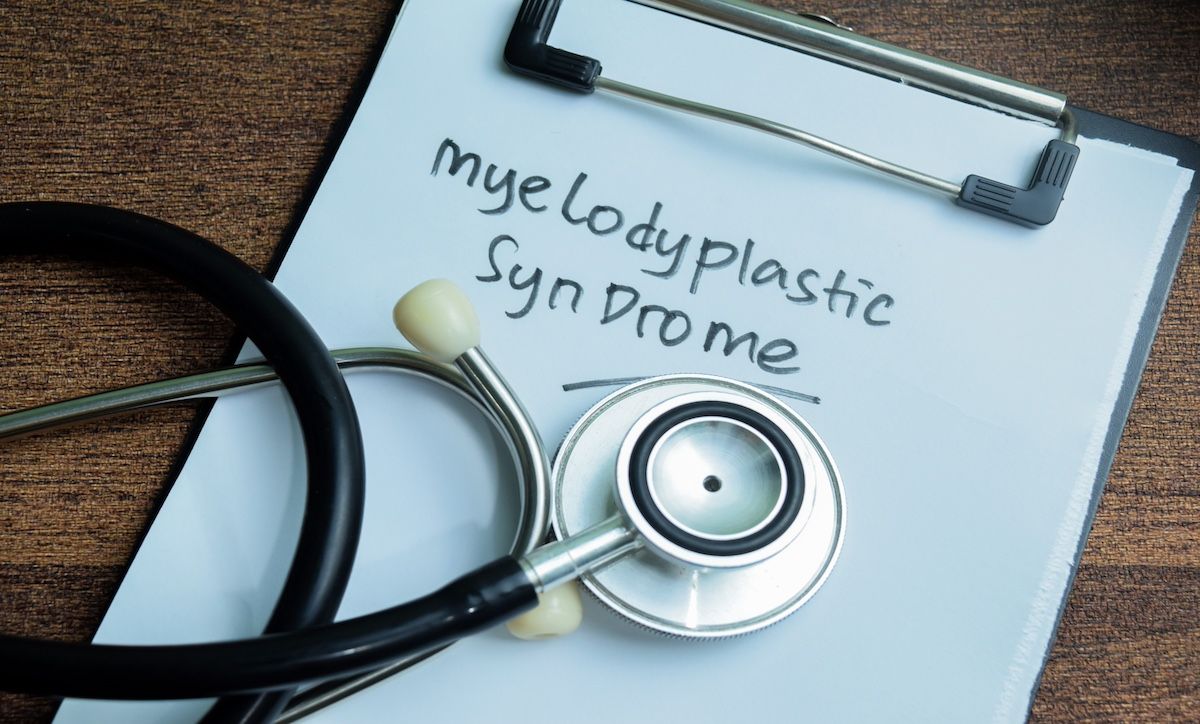News
Article
Immediate Nasal Reconstruction Following BCC Removal Is Viable
Author(s):
Key Takeaways
- Immediate nasal reconstruction post-BCC excision does not elevate re-excision or recurrence risk, supporting its viability.
- The study analyzed 318 cases, showing no significant difference in re-excision rates between local flap, skin graft, and linear closure methods.
Immediate local flap or skin graft following basal cell carcinoma (BCC) can be considered, a study found.
Immediate reconstruction of the nose following removal of basal cell carcinoma (BCC) is not associated with an increased risk of re-excision or disease recurrence, according to a recent European study.1
Reconstruction following removal of nasal BCC is often required, even with soft tissue defects. | Image credit: Viktoriia - stock.adobe.com

The study, published in JPRAS Open, adds helpful insight into whether reconstruction immediately following surgical removal of BCC on the nose is a viable option, write the researchers. BCC is the most common type of skin cancer, accounting for 80% of skin cancers. The disease typically develops on areas of the body exposed to the sun, such as the head, neck, and face.2
For BCC occurring on the face, both US and European guidelines recommend micrographic surgery for high-risk disease, though the method is infrequently used in Europe. Throughout the European Union, for example, BCC on the face is still often removed using standard excision and postoperative margin assessment, which can more commonly result in insufficiency of histological margins, meaning there are cancer cells present on the edges of the removed tissue and suggesting that the full cancer tissue has not been removed.
This is particularly of interest for nose involvement, explained the researchers, who noted that reconstruction following removal of nasal BCC is often required, even with soft tissue defects. However, it has remained unclear whether reconstruction should be performed immediately following excision or prolonged until there is histological confirmation of free margins.
“Based on the current literature, it is not known whether immediate flap or skin graft reconstruction after excision of nasal BCC is associated with greater risk of re-excision or recurrence,” explained the group. “Further, the international guidelines lack consensus on the reconstruction of high-risk BCC defect, such as any BCC of the nose, especially if they should be performed only after the histological margins are confirmed.”
Following results from their new retrospective study, the researchers suggested that immediate reconstruction of the nose following BCC removal can be done regardless of histology or nasal location.
The group looked at 318 cases of BCC of the nose among 305 patients in Helsinki who received standard closure (linear closure) or one of 2 reconstruction methods: local flap or skin graft. Method choice varied across the cases, with 35.2% (n = 112) receiving a local flap, 20.7% (n = 66) receiving a skin graft, and 44% (n = 140) receiving a linear closure. Flap reconstruction was used more often for alar and flank defects, while skin grafts were more commonly used for tip defects.
Between methods, the researchers observed no differences in risk of re-excisions, which occurred in 16% of cases (n = 51). Re-excisions occurred in 17% of local flap and 19.7% of skin graft cases (P = .507). Half of re-excisions (n = 25) occurred due to lateral or deep margin involvement.
“Notably, local flap reconstruction was not associated with a higher risk for re-excision in comparison to a linear closure or skin graft,” described the researchers. “In our study, re-excision risk was not higher for tumors with aggressive histological subtypes compared to the nonaggressive type. Neither the excision margin nor level was associated with re-excision.”
Over a median follow-up of 7.5 years, 3.8% of patients experienced tumor recurrence, though the researchers noted there may have been additional recurrences not identified. This finding was similar to findings from previous research, which identified a 2.6% (n = 3) recurrence rate among a smaller group of 116 cases of nasal reconstruction.3
Among the cases of recurrence, which occurred after a median of 4.1 years, there was no statistically significant difference based on reconstruction methods. Recurrence occurred after a median of 5.2 years for skin graft cases and after a median of 3 years for local flap cases.
"We suggest that standard excision of nasal BCC and immediate reconstruction with either a flap or graft is a reasonable treatment regardless of the histological subtype or subunit location, especially when [Mohs micrographic surgery] is not available," the authors concluded. "However, in cases of aggressive subtypes, surgeons should be cautious and consider either wide margin or delayed reconstruction."
References
- Veija T, Koivunen V, Mäkelä L, Koljonen V. Immediate local flap versus skin graft reconstruction after standard excision of basal cell carcinoma of the nose. J Plast Reconstr Aesthet Surg. Published online April 19, 2025. doi:10.1016/j.jpra.2025.03.017
- What are basal and squamous cell skin cancers? American Cancer Society. Last updated November 15, 2024. Accessed April 23, 2025. https://www.cancer.org/cancer/types/basal-and-squamous-cell-skin-cancer/about/what-is-basal-and-squamous-cell.html
- Kondo RN, Santos Gon AD, Pontello Junior R. Recurrence rate of basal cell carcinoma in patients submitted to skin flaps or grafts. An Bras Dermatol. 2019;94(4):442-445. doi:10.1590/abd1806-4841.20198298




